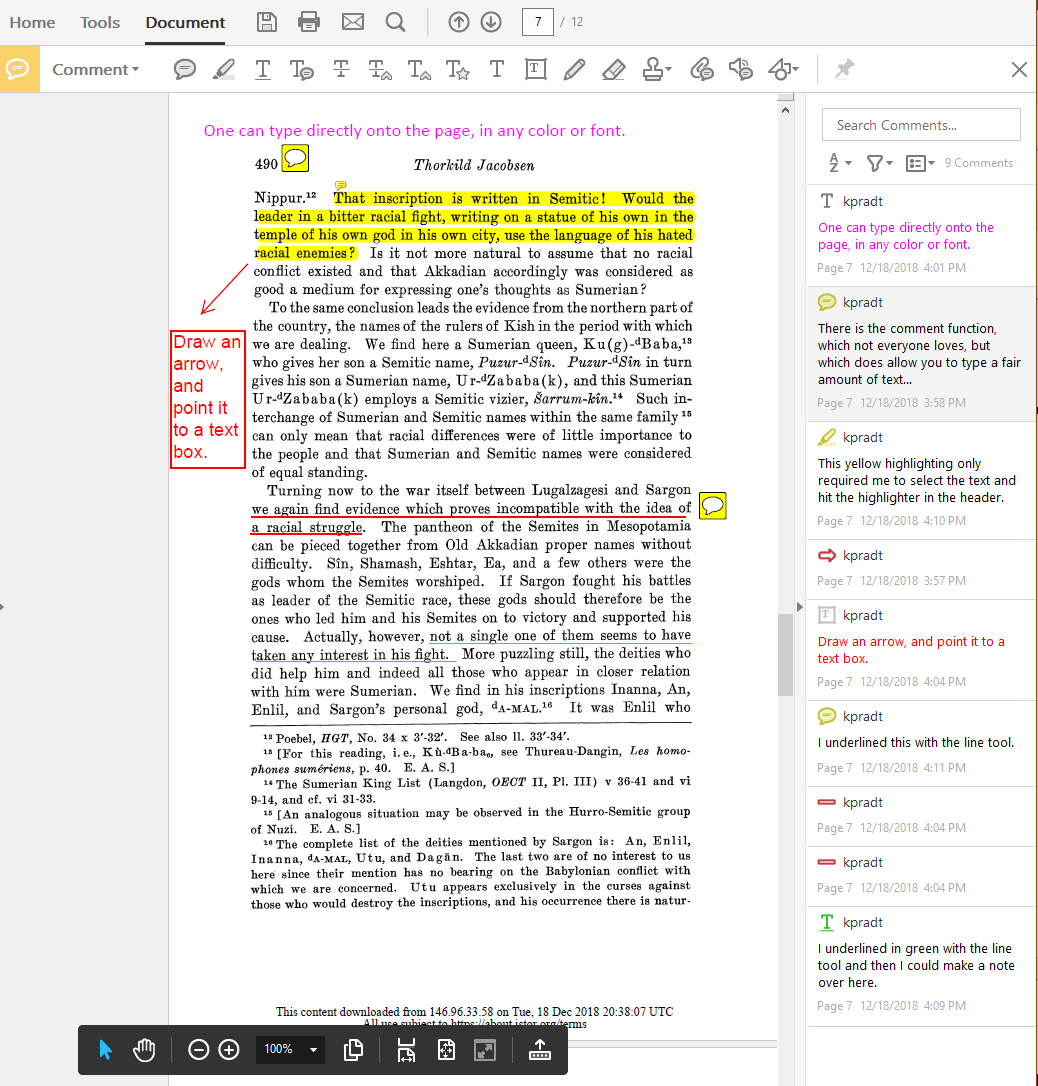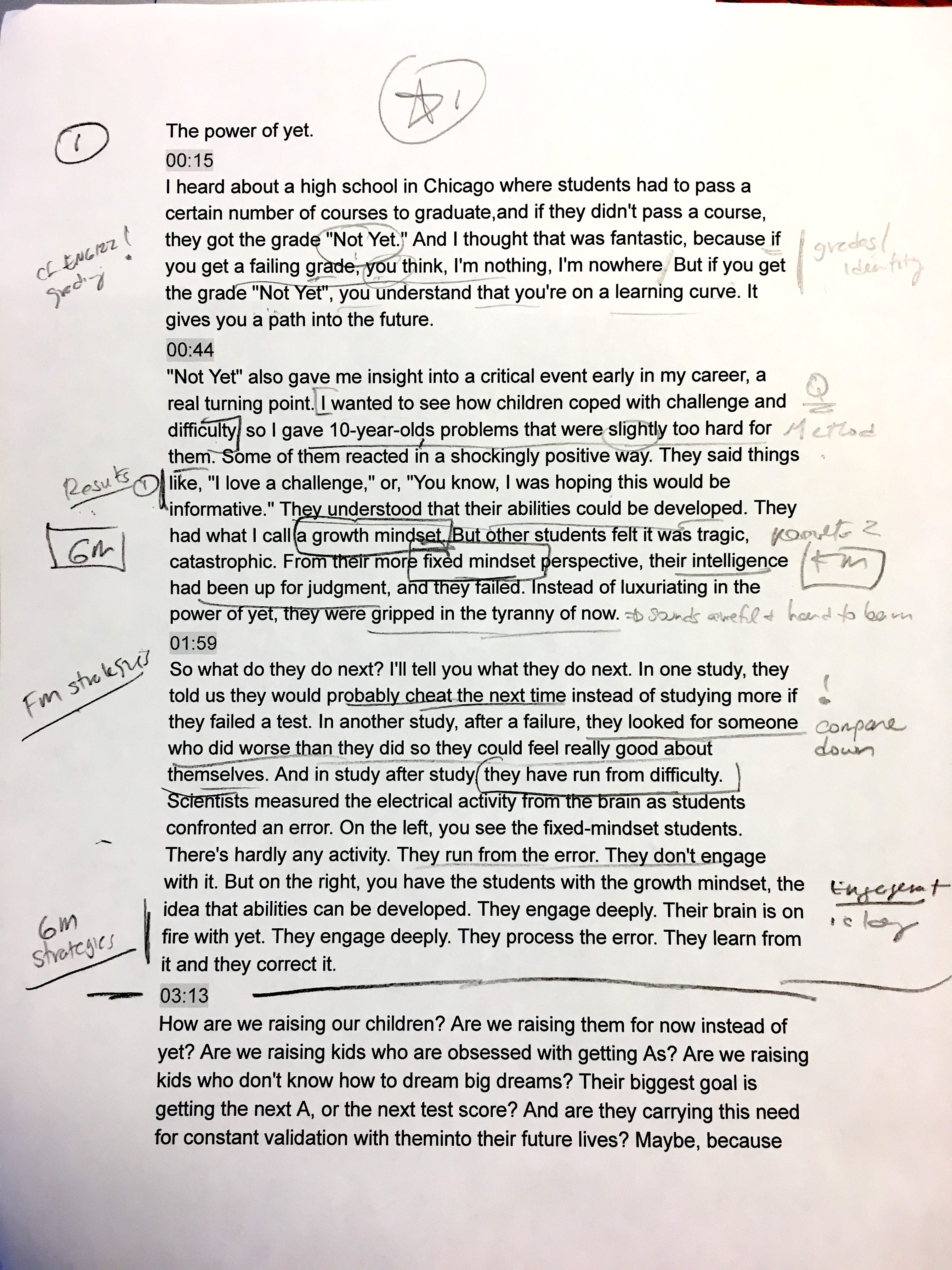

Since then, the social website annotation service has developed considerably, recently announcing some more of the social features it originally promised. We covered Trailfire’s launch last August. Stickis parent company, Activeweave, also recently announced BlogRovR, a simpler version of Stickis that feeds you blog content from your favorite bloggers as you search surf the web. When you click on a note, it brings up the notes on the page along with comments on the note made by your friends. Other content channels populate the tray with notes based on an analysis of a the URL and the note’s tags. Specialized channels, like OpenTable or Yelp, pop up reservation options and restaurant reviews when you visit a page linking to a restaurant. When you subscribe to a channel, it stays with you while surfing the web in a collapsible sidebar, suggesting content based on what page you’re on. Every note you make is also stored on your personal Stickis blog, which leaves a trackback to itself if you annotate a blog.

Channels can consist of text and image sticky notes, RSS feeds (blogs), and even specialized data channels for web services such as OpenTable or Yelp. You can also view notes without the plugin when they are served by proxy through Stickis’ website. Stickis is a web page annotation service that lets you subscribe to content “channels” from your friends and the community via a browser plugin. Subscribe to only the annotations you want The ShiftSpace team also plans to implement “trails”, which are hyperlinked collections of related shifts. Users can subscribe to the shifts of users they like via RSS. Modified pages are called “shifts”, and if made public, are shared on the ShiftSpace website. For web surfers with the plugin, modified pages are marked with a small ShiftSpace icon (§) in the bottom left side of the screen. It kind of reminds me of the web page analysis plugin Firebug, which allows you to carry out live edits of any web page. ShiftSpace allows users to leave notes, highlight text, change images, and edit the page source. The plugin allows their users to annotate and remix a website saving it as a communally editable alternate version revealed in your browser by pressing Shift + Space. ShiftSpace is an opensource browser plugin (FF only) being developed by NYU’s Interactive Telecommunication Program and is pretty close to internet graffiti. We covered their launch previously and expect the company to be rolling out more features. s to annotated pages can be emailed to friends and posted to blogs. Notes can be posted by using a browser plugin or by ajax when Fleck feeds web pages through its servers and adds the necessary annotation code. Diigo also lets you post links to your blog through posts, or a “linkroll” widget listing your most recent annotations.įleck is the most basic of the annotation services, letting you simply post public or private text notes on a page. With Diigo, you can search for the highlighted words on the web with any of four search engines, social bookmarking systems, on blogs, within the current site, amongst inbound links, and seven different content verticals (TV, stock sites, etc.).

We covered Diigo earlier.ĭiigo has some advanced search functionality built in as well. Diigo will also let you save to multiple other bookmarking services (all the big ones) and email your annotated pages to friends who don’t have the plugin. Notes are anchored to highlighted text and bookmarks save a cached copy of the site.

Diigo is a research tool that lets you share bookmarks and annotations on web pages using a browser plugin or bookmarklet.


 0 kommentar(er)
0 kommentar(er)
